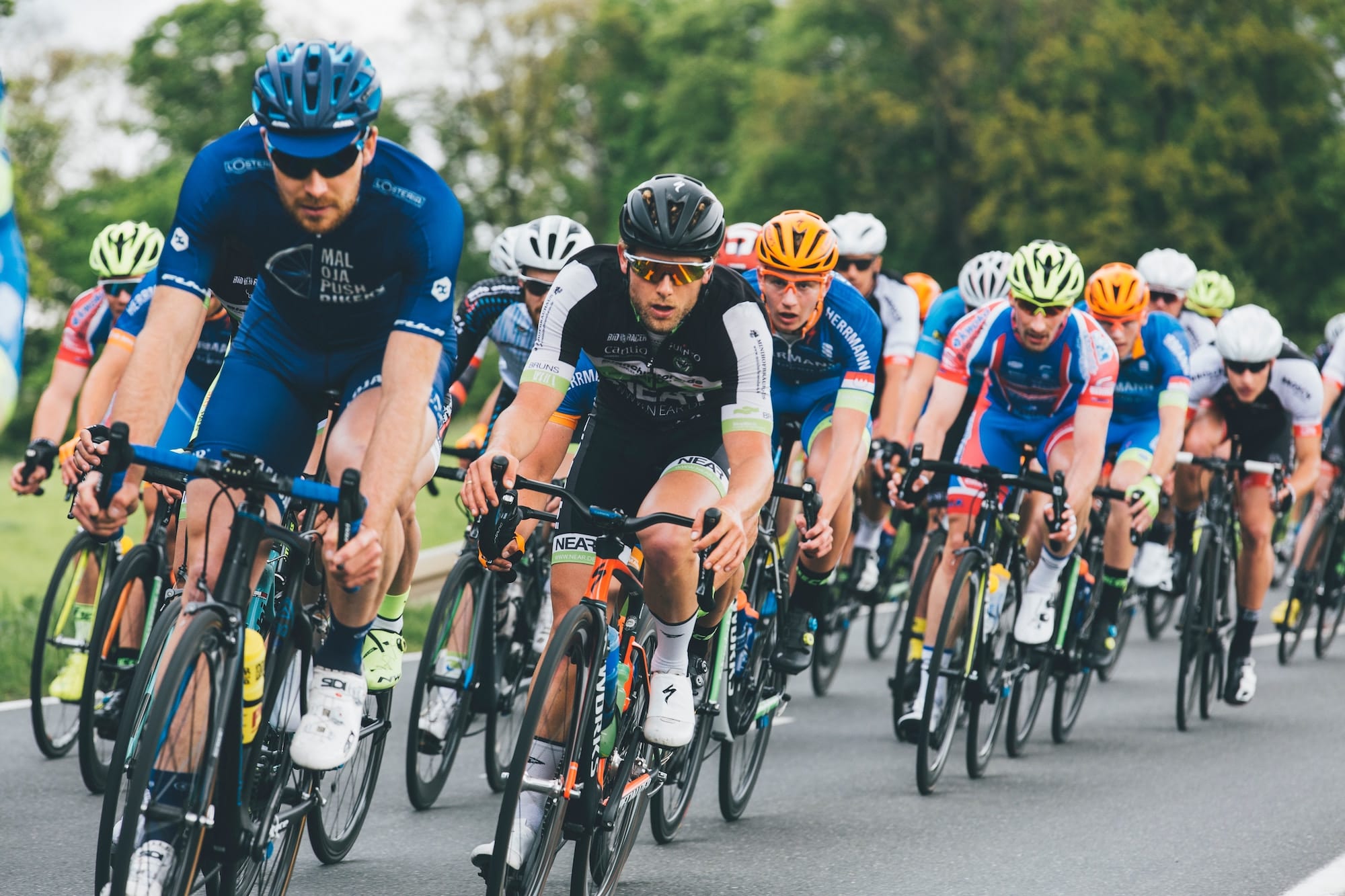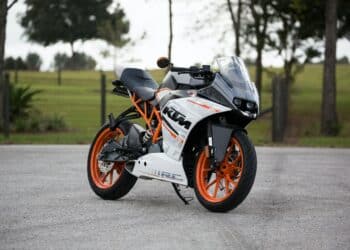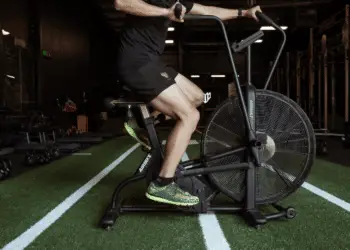“A horse never runs so fast as when he has other horses to catch up and outpace” – Ovid
Healthy competition is a great motivator – it keeps the passion for your craft alive. In the biking community, people regard it as a way to form a sense of togetherness. As for personal goals, a bike race is when you realize what your weaknesses are and make a name for yourself in the niche. A bike race is a great opportunity to practice biking under pressure, which will be useful in future encounters with danger.
Your first participation in bike racing may be tough. After all, you are shifting your involvement from recreational to competitive. The latter isn’t just a spontaneous getaway on two wheels; it needs more commitment. In a bike race, you run into teams with a deep-rooted history in the sport, are required to up your gear game, and test your stamina in weeklong activities.
How do you prepare yourself?
Choose your races wisely.
Gravel Grinder
True to its name, this bike race is held on gravel tracks. A relatively fresh addition to the roster of cycling sports, they require more skill than racing on paved roads, but don’t be intimidated! You can prepare by practicing on any rough surface. If you already have experience in tackling technical trails, this will be a breeze.
MTB races
Think: your weekend trip, but with a dash of pressure. If you are a regular MTB cyclist, this experience will be more fun than tense. Expect the usual assortment of single- and double track and even roads that carry 4×4’s. Still, depending on your riding style, you can choose between a cross-country course and a highly technical downhill trail.
MTB races have categories. Starting in Cat. 3, you will be promoted to Cat. 2 by placing in the top five in five qualifying or certified races. To qualify for Cat. 1, you can either obtain two top five spots and submit an upgrade request and resume to USA Cycling or finish in the top five in five races.
Some races abide by point systems. For cyclocross and criteriums, the first placer earns five points. Three points are awarded to the second placer, two to the third placer, and, finally one for the fourth placer.
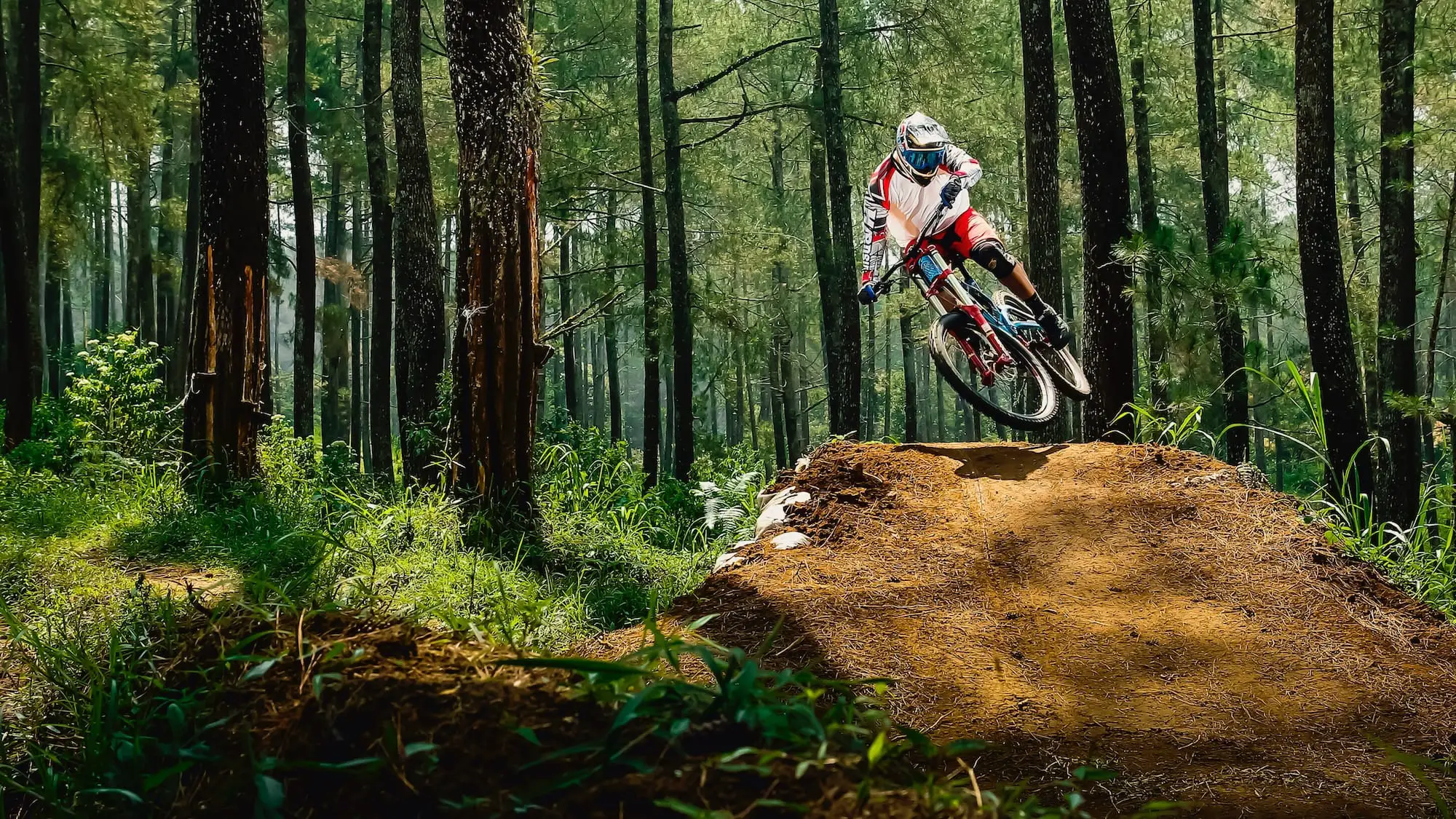
Cyclocross
Cyclocross races are shorter, around only thirty minutes to an hour, but they have more obstacles than other types of races. These races will take you to muddy plots of land, steep ascents, berms, and even terrain that force you to travel on foot, carrying your bike. Strong bursts of energy and power are needed to conquer them.
Cyclocross racing follows a point system, and unlike MTB racing, there are four categories. Everyone starts in Cat. 4 and can move up to Cat. 3 either after ten qualifying races or earning ten points in twelve months. A Cat. 3 to Cat 2 advancement also requires ten points and going from Cat. 2 to Cat. 1 requires twenty, all in a twelve-month period.
Criteriums
Of the four types of bike races, criteriums (and road races) are taken most seriously. They are long-distance (30 to 200 mi.) races that urge you to ride fast, so if you love pushing boundaries, these are for you.
Cyclists new to criteriums and road races begin in Cat. 5, then move up to Cat. 1 using the same point system as previously specified. There is an assortment of courses rated according to length and level of difficulty. Take note that the course will be crowded, as people tend to ride in teams.
Suit Up!
Participating in a bike race isn’t a physical and psychological commitment only – your finances need to be ready as well. We have mentioned before that choosing a bike specific to the terrain is important; that same rule applies to races as well. At times, being equipped with the right gear is just as crucial as improving your cycling skills.
Bikes
Gravel bikes are the most appropriate for gravel grinders, mountain bikes for MTB races, cyclocross bikes for cyclocross, and road bikes for criteriums. The dimensions, gearing, and materials of each bike are tailored to handle the level of intensity and technical difficulty of each bike race.
Both gravel bikes and hardtails are versatile enough to accommodate travel on and off the road. Joining a long-distance race will prompt you to prioritize comfort, best achieved with slack geometries. Gravel bikes generally have wider tires that are easier to ride on and taller head tubes, despite the drop handlebars.
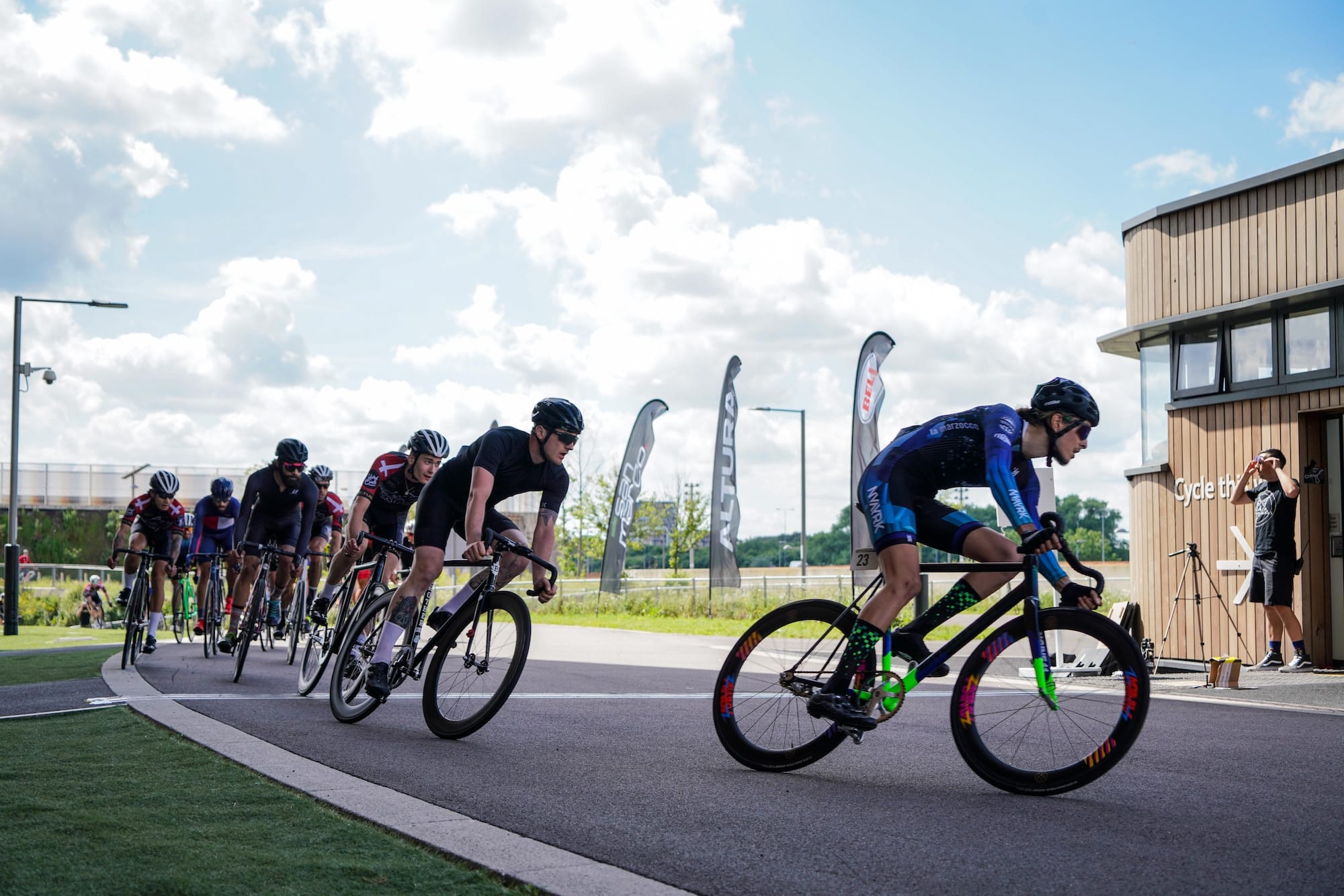
Hardtails fall under mountain bikes and have a suspension fork only at the front, which can be locked if you want to ride a fully rigid bike. They are great for both bumpy terrain and city roads. The frame of a hardtail allows you to sit upright, avoiding back and shoulder strain.
Whatever you choose, don’t forget to schedule a trip to the bike shop. Check the proper fit and ask for tips on which gear system and bike dimensions work best.
Apparel
Durable and breathable fabrics that wick moisture are a must. Opt for form-fitting spandex sets with a jersey and bibs for road biking and cyclocross, as they allow you to ride faster. Conversely, aerodynamic wear is not a requirement for mountain bikers, who wear shirts and loose or baggy shorts. Since abrasion from all the extreme movement is a concern, the fabric should be heavier and the length of the shorts longer.
Condition yourself.
Let’s face it: bike races are grueling. You need to be mentally focused and physically fit. If you are truly dedicated to reaching a higher tier in the bike race categories, hone your riding with daily practice. An hour a day is enough if your schedule does not permit much free time, but if you can go beyond that, try squeezing in an extra hour. Consistency is the driving force here.
Prepare an effective training program with tempo and interval workouts. During a practice ride, try increasing your speed (just enough not to strain yourself) and hold for fifteen to twenty minutes, then return to your normal pace. Perform interval workouts by alternating between going hard (for a short timespan) and resting.
Most importantly, make sure you practice on the terrain you aim to race on.
Finishing Touches
A week before the bike race, go on a very intense ride. Break a leg, as they say. As you go hard and fast, the fibers on your muscles are broken and then regenerated to form stronger and larger fibers. This technique will carry you to the race with “new muscles.”
During the week, go on regular rides to keep the blood flowing and remove metabolic waste from the previous intense run, but make sure they aren’t as exhausting. Get enough sleep, as this is when your body works on fixing itself the most. And this goes without saying – keep yourself hydrated and maintain a nutritious diet loaded with protein and carbohydrates.
On the day of the bike race, you should have felt calm, confident, and prepared. Once you pass by the starting line, let yourself go and enjoy the experience.


